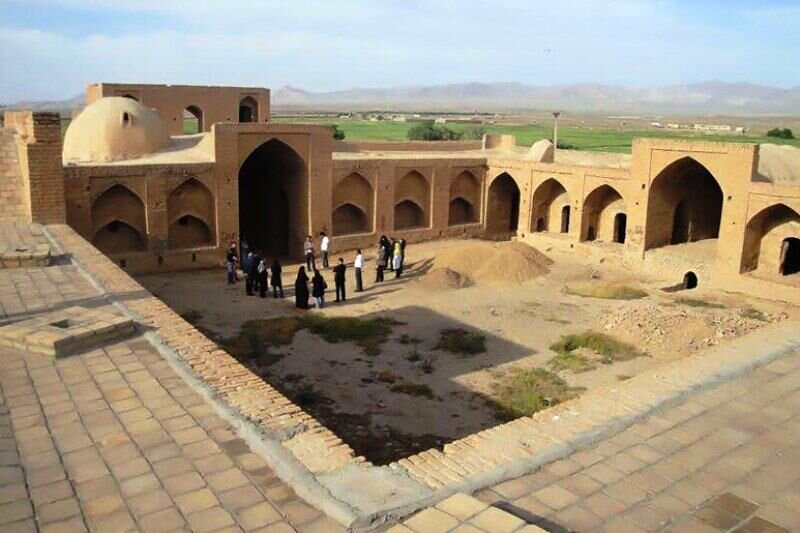Historical caravanserai reopens doors to public following restoration

TEHRAN – Cultural Heritage, Tourism, and Handicrafts Minister Ali-Asghar Mounesan on Monday inaugurated the historical caravanserai of Dodehak after an extensive restoration job.
Located in Delijan, central Markazi province, the caravanserai, which was worn out over the years, was fully restored in collaboration with the private sector, the provincial tourism chief said during the re-opening ceremony.
A budget of 110 billion rials ($2.6 million at the official exchange rate of 42,000 rials per dollar) has been allocated to the project, Mostafa Marzban announced.
With an area of 2.8 hectares, the historical structure is planned to be used as a modern accommodation center, the official added.
The official also noted that some 3.7 trillion rials ($88 million) have been invested in the tourism sector of the province so far, which is expected to generate 605 job opportunities.
Estimated to date back to the Seljuk era (1037–1194), Dodehak caravanserai was added to the National Heritage list in 1998.
Caravansery (or caravansary) is a compound word combining “caravan” with “sara”. The first stand for a group of travelers and sara means the building. They often had massive portals supported by elevated load-bearing walls. Guest rooms were constructed around the courtyard and stables behind them with doors in the corners of the yard.
Iran’s earliest caravanserais were built during the Achaemenid era (550 -330 BC). Centuries later, when Shah Abbas I assumed power from 1588 – to 1629, he ordered the construction of network caravanserais across the country. For many travelers to Iran, staying in or even visiting a centuries-old caravanserai, can be a wide experience; they have an opportunity to feel the past, a time travel back into a forgotten age!
ABU/AFM

Leave a Comment